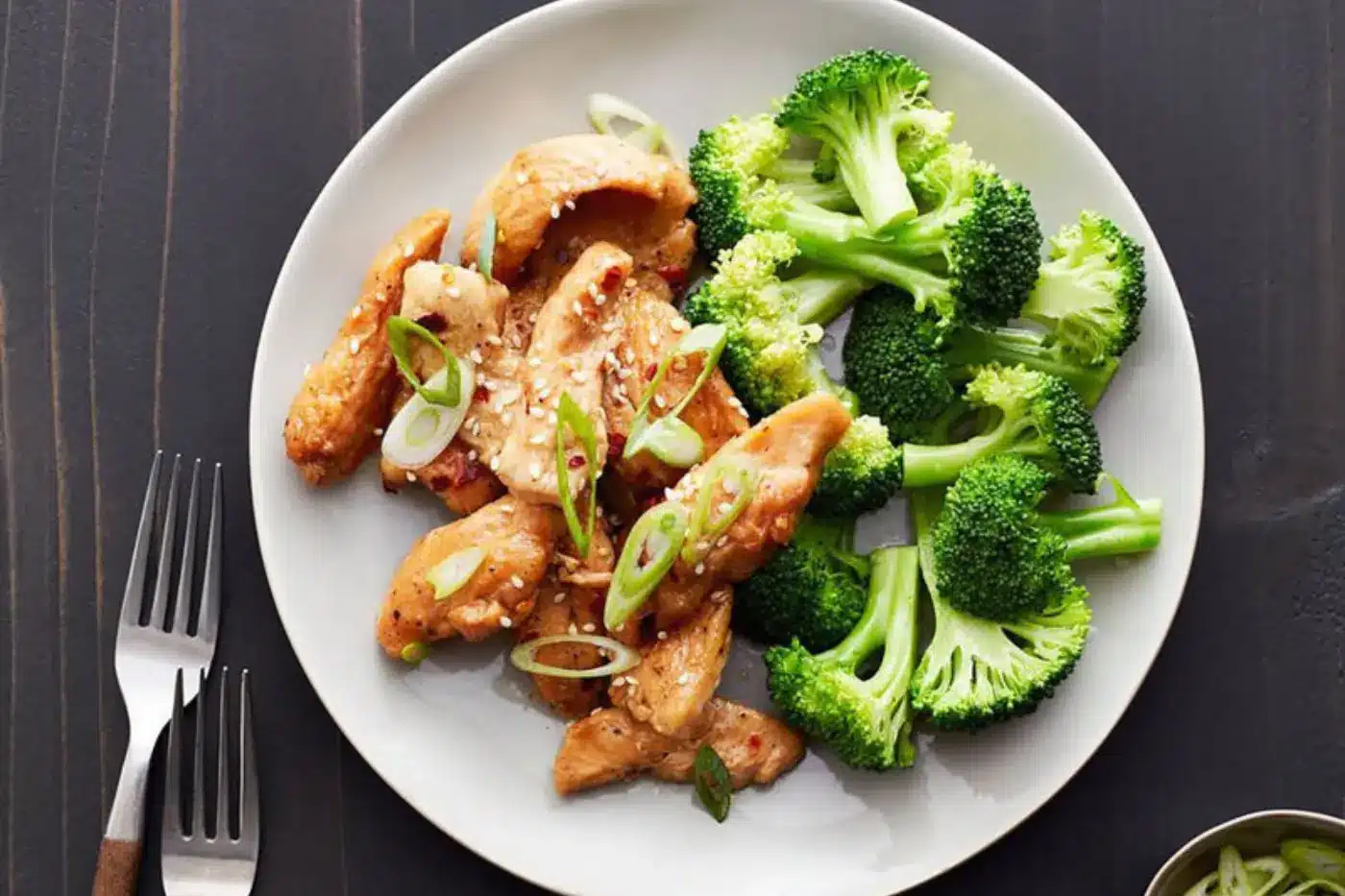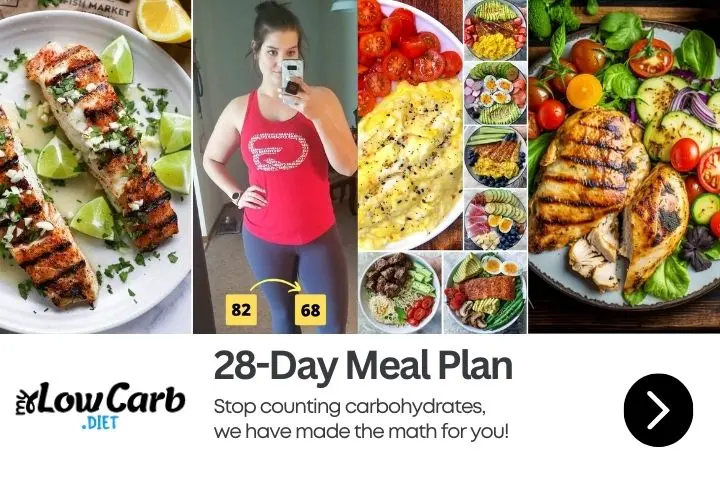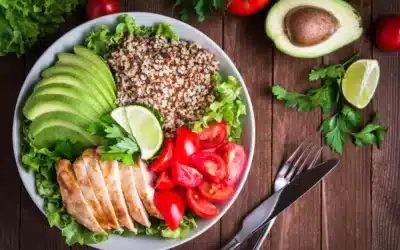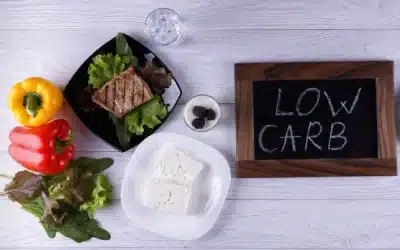Embarking on a low-carb diet often begins with a trip to the grocery store, but navigating the aisles filled with tempting and carb-heavy options can be a challenge. “Low-Carb Shopping Guide: Navigating Grocery Stores and Making Informed Choices for a Low-Carb Diet” is designed to equip you with the knowledge and strategies needed to shop smartly and efficiently for a low-carb lifestyle.
This guide will delve into the essential aspects of low-carb shopping, from understanding food labels to selecting the right products that align with your dietary goals. Whether you are new to low-carb eating or looking to refine your grocery shopping habits, this guide aims to simplify your shopping experience, ensuring you can make informed choices that support your health and dietary needs.
With the right approach, grocery shopping for a low-carb diet can be a straightforward and even enjoyable task. This introduction sets the stage for a deeper exploration into the world of low-carb grocery shopping, providing you with tips and tricks to confidently navigate the abundance of food choices available.
Decoding Food Labels for Low-Carb Options
Understanding food labels is crucial for anyone following a low-carb diet. This section provides guidance on how to decipher nutritional information to make smart, low-carb choices.
Identifying Hidden Carbs: Many products, especially processed foods, contain hidden carbs. Learn to identify ingredients that are sources of hidden sugars and starches, like maltodextrin, dextrose, and corn syrup.
Net Carbs vs. Total Carbs: Understand the difference between total carbohydrates and net carbs (total carbs minus fiber and sugar alcohols). This knowledge is key to accurately counting your carb intake.
Serving Size Awareness: Pay attention to the serving size listed on the label. Sometimes, what seems like a low-carb option can become high-carb when consumed in larger quantities.
Sugar Content: Keep an eye on the sugar content, even in products that market themselves as ‘healthy’ or ‘natural’. Natural sugars in excess can also add up in carbs.
Ingredient List: The ingredient list can reveal a lot about a product’s nutritional value. Ingredients are listed in order of quantity, so if sugars or high-carb ingredients are near the top, it’s best to avoid that product.
Armed with the knowledge of how to read and interpret food labels, you can make informed decisions that align with your low-carb diet, ensuring that what goes into your cart is beneficial for your health goals.
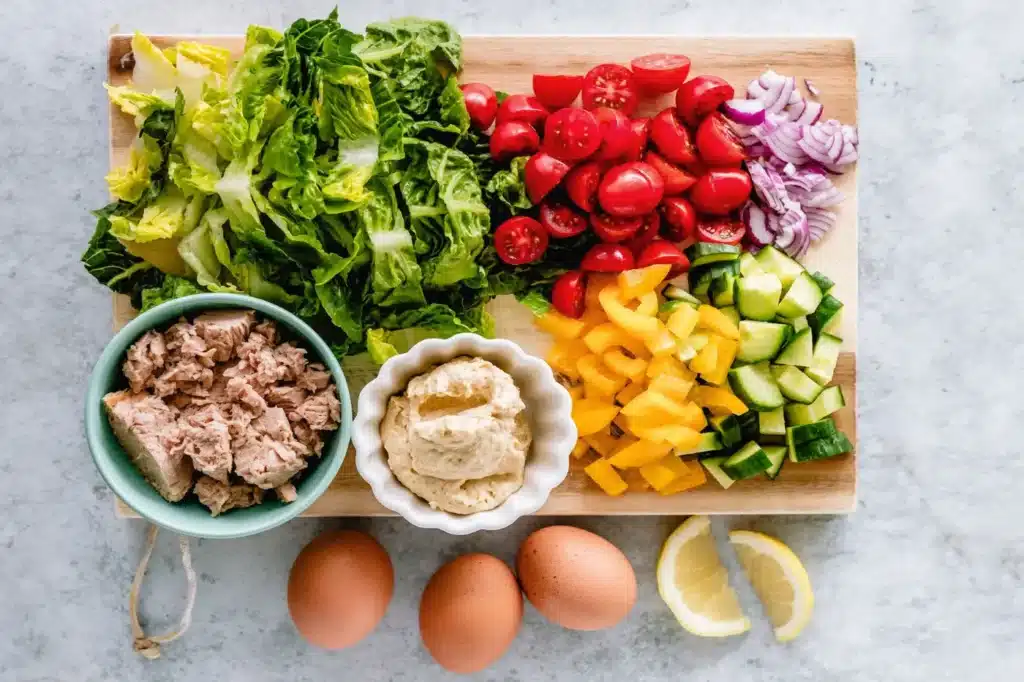
Navigating Different Sections of the Grocery Store
Finding low-carb options requires a strategic approach to navigating the grocery store. This section offers tips on how to locate low-carb foods in different sections of the store.
Produce Section: Start your shopping in the produce section. Opt for non-starchy vegetables like leafy greens, broccoli, cauliflower, and zucchini. Be cautious with fruits; berries are a good low-carb option, while other fruits may be higher in carbs.
Meat and Seafood: Lean meats, poultry, and fish are excellent low-carb choices. Look for unprocessed options, as processed meats can contain added sugars and carbs.
Dairy Aisle: In the dairy section, choose high-fat dairy products like cheese and butter, which are low in carbs. Be mindful of milk and yogurt, as they can contain higher carb counts.
Pantry Staples: For pantry items, focus on nuts, seeds, and low-carb baking ingredients like almond flour and coconut flour. Avoid products with added sugars and starches.
Frozen Foods: In the frozen section, look for plain frozen vegetables and meats without added sauces or marinades that can contain hidden carbs.
Navigating the grocery store with a low-carb lens helps you make informed choices, ensuring that you fill your cart with foods that align with your dietary goals.
Must-Have Staples for a Low-Carb Pantry
A well-stocked pantry is key to successfully maintaining a low-carb diet. This section lists essential items that should always be on hand in your kitchen to make low-carb cooking convenient and varied.
Healthy Fats and Oils: Include a variety of oils like olive, coconut, and avocado oil. These are perfect for cooking and adding flavor to your meals.
Low-Carb Flours: Almond flour, coconut flour, and flaxseed meal are great for baking and cooking, providing low-carb alternatives to traditional flour.
Nuts and Seeds: Nuts and seeds are not only low in carbs but also high in fiber and healthy fats. They’re great for snacking or adding crunch to dishes.
Spices and Herbs: A range of spices and herbs can add immense flavor to your meals without adding carbs. Stock up on both dried and fresh varieties.
Sweetener Alternatives: For those times you need a touch of sweetness, have sweeteners like stevia or erythritol on hand, which don’t impact blood sugar levels like regular sugar.
Canned Goods: Canned foods like tomatoes, coconut milk, and olives can be convenient, low-carb additions to meals. Always check the labels for added sugars.
These staples form the backbone of a low-carb kitchen, allowing you to create a wide range of dishes while sticking to your dietary goals.
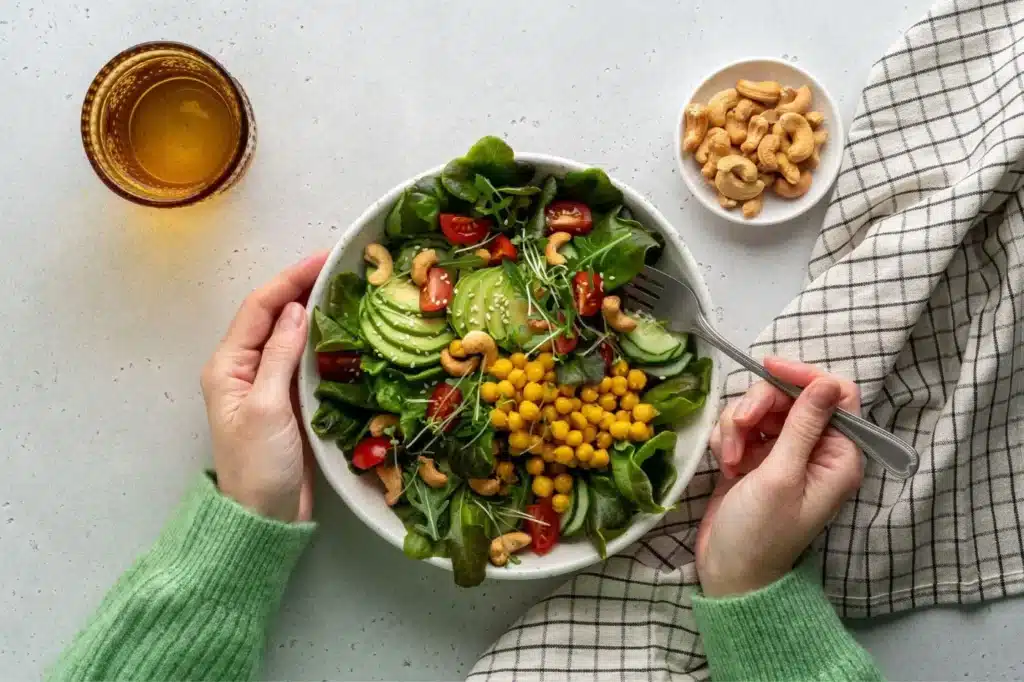
Avoiding Common Pitfalls and Temptations
Sticking to a low-carb diet while grocery shopping can be challenging, especially with the abundance of high-carb temptations. This section offers strategies to help you stay on track and make healthier choices.
Plan Your Shopping List: Before heading to the grocery store, create a detailed shopping list based on your meal plan. Stick to this list to avoid impulsive buys.
Shop on a Full Stomach: Shopping while hungry can lead to poor choices. Eat a healthy meal or snack before you go to avoid the temptation of high-carb foods.
Beware of ‘Low-Carb’ Labels: Just because a product is labeled ‘low-carb’ doesn’t always mean it’s a healthy choice. Always read the nutrition facts and ingredient list to make sure it fits within your dietary goals.
Avoid Processed Foods: Processed foods often contain hidden carbs and unhealthy additives. Focus on buying whole, unprocessed foods as much as possible.
Healthy Substitutions: Find low-carb alternatives for your favorite high-carb foods. For example, choose zucchini noodles instead of pasta or cauliflower rice instead of traditional rice.
By being mindful of these common pitfalls and adopting these strategies, you can make your low-carb grocery shopping experience both successful and enjoyable.
The Low Carb Diet is a nutritional strategy that emphasizes reducing the intake of carbohydrates. This dietary approach is known for its potential to help control blood sugar levels, support weight loss, and improve overall metabolic health. By limiting carbs and focusing on foods like lean proteins, vegetables, and healthy fats, individuals may experience better appetite control and more stable energy levels.
Conclusion
“Low-Carb Shopping Guide: Navigating Grocery Stores and Making Informed Choices for a Low-Carb Diet” has walked you through the crucial aspects of grocery shopping on a low-carb diet. From decoding food labels to navigating different sections of the store, and stocking up on pantry essentials to avoiding common pitfalls, this guide aims to simplify your shopping experience and ensure that you make the best choices for your health and dietary goals.
The journey through a grocery store can be daunting, especially when adhering to a specific diet like low-carb. However, with the right knowledge and strategies in hand, you can turn grocery shopping into an opportunity to positively impact your health and wellbeing. Remember, the key to successful low-carb shopping is preparation, mindfulness, and commitment to your dietary choices.
As we conclude, keep in mind that every item you place in your cart is a step towards maintaining a healthy and satisfying low-carb lifestyle. Happy shopping!

